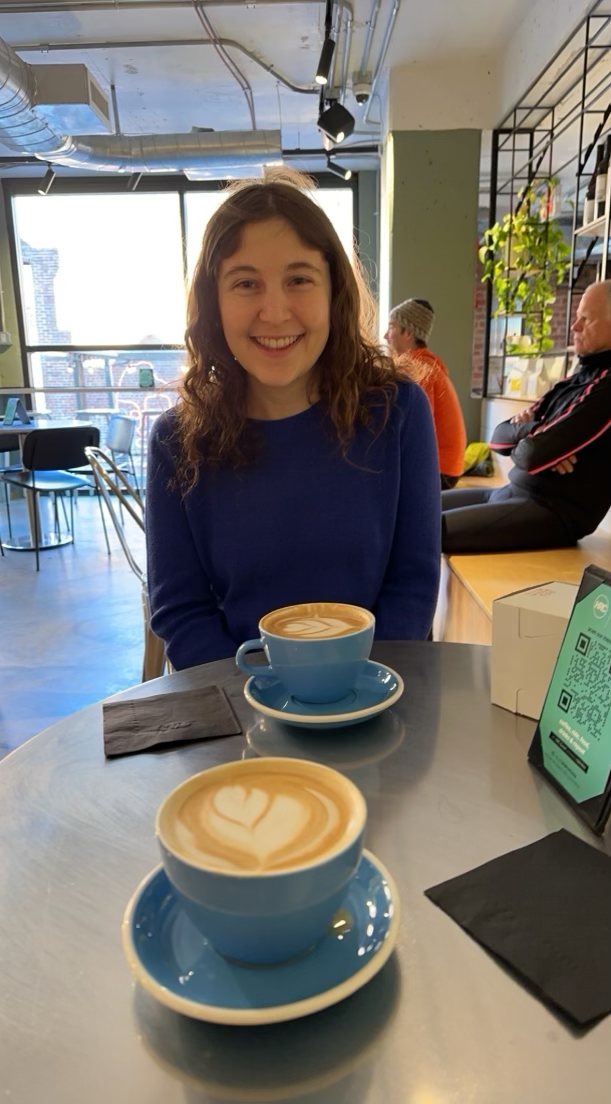Treatment - Mindfulness & Acceptance
Reducing Distress and Hopelessness in Youth with Intrusive Thoughts through a Single-Session Online Intervention: Preliminary Findings
(PS14-80) Reducing Distress and Hopelessness in Youth with Intrusive Thoughts Through a Single-session Online Intervention: Preliminary Findings

Megan R. Serody, B.S.
Graduate Student
Stony Brook University
Stony Brook, New York, United States
Clare C. Beatty, M.A.
Graduate Student
Stony Brook University
Stony Brook, New York, United States- ES
Erica Szkody, Ph.D.
Postdoctoral Scholar
Northwestern University Feinberg School of Medicine
Chicago, Illinois, United States 
Jessica L. Schleider, Ph.D. (she/her/hers)
Associate Professor
Northwestern University
Chicago, Illinois, United States- AM
Aprajita Mohanty, Ph.D.
Associate Professor
Stony Brook University
Stony Brook, New York, United States
Author(s)
Co-Author(s)
Introduction: Intrusive thoughts are prevalent across the lifespan and can be particularly distressing during adolescence and young adulthood. Despite their high prevalence, many individuals lack access to effective strategies for managing these thoughts. Brief, accessible, and evidence-based interventions are needed to help youth cope with intrusive thought-related distress. The present study aimed to test the efficacy of a brief online Acceptance and Commitment Therapy (ACT)-based single-session intervention (SSI) that provided psychoeducation on intrusive thoughts and taught strategies for reducing associated distress in adolescents and young adults.
Method: We recruited individuals aged 13-25, who reported that they experienced distressing thoughts in the last week. Distress associated with intrusive thoughts was assessed using the Children's Yale-Brown Obsessive-Compulsive Scale (CY-BOCS), and hopelessness was measured using the Beck Hopelessness Inventory (BHI), at baseline and immediately post-intervention.
Results: Preliminary analyses were conducted on a subsample of participants (N = 24, Mage = 18.54, SD age = 1.02) who completed pre- and post-intervention assessments. Within-subject ANOVAs revealed significant reduction in hopelessness, F(1, 23) = 12.48, p = .002, ηp2 = .35, from pre-(M = 4.79, SD = 3.37) to post-intervention (M = 3.42, SD = 2.87), and in intrusive thought-related distress, F(1, 23) = 8.40, p = .008, ηp2 = .27, from pre- (M = 3.33, SD = 1.20) to post-intervention (M = 2.63, SD = 1.35). These early results suggest that the intervention may have an impact on reducing both hopelessness and distress related to intrusive thoughts.
Discussion:
The preliminary findings highlight the importance of psychoeducation in helping youth understand and cope with intrusive thoughts. Future research should also explore the relative contributions of different intervention components and the long-term effects on mental health outcomes. Despite the preliminary nature of these results, they underscore the potential of brief, online interventions in providing accessible support for youth experiencing intrusive thoughts.

.png)
